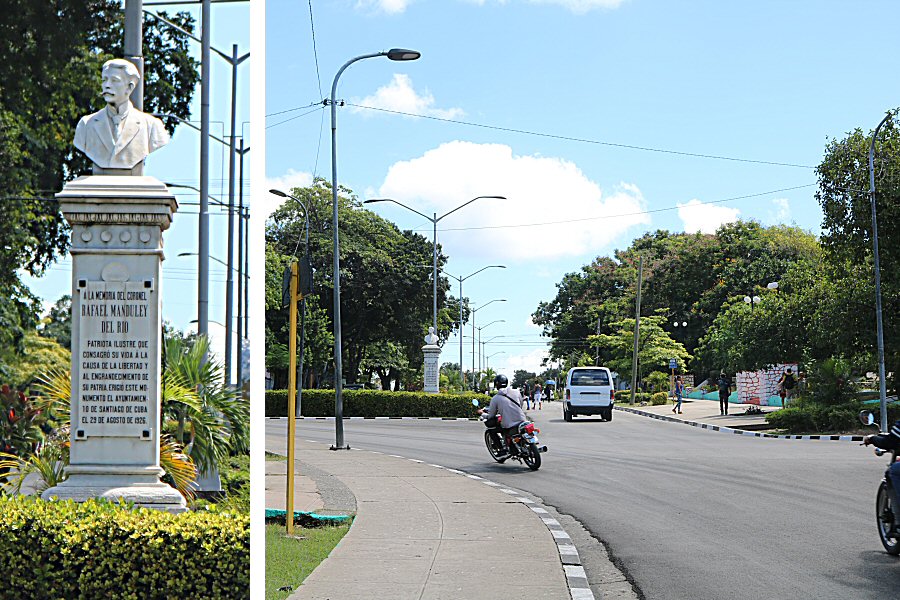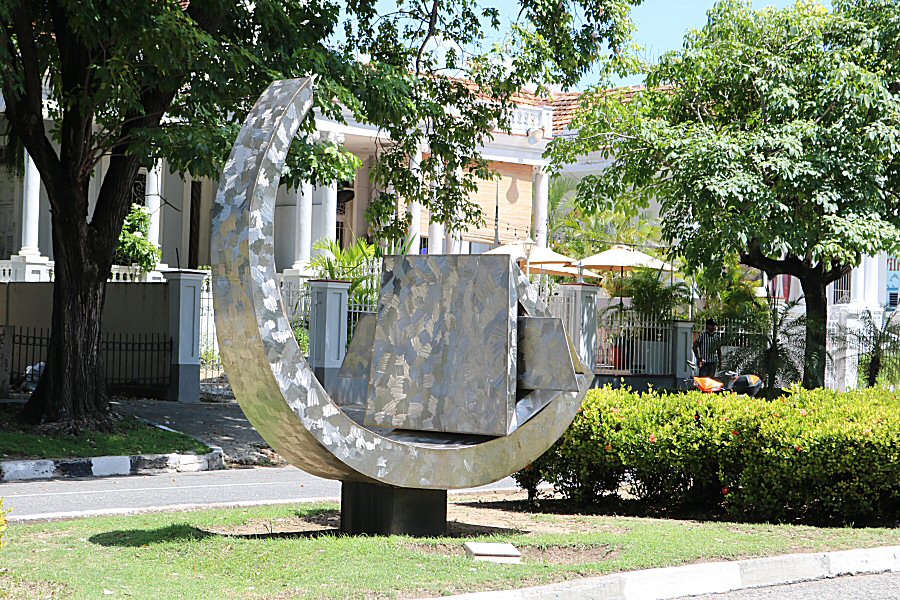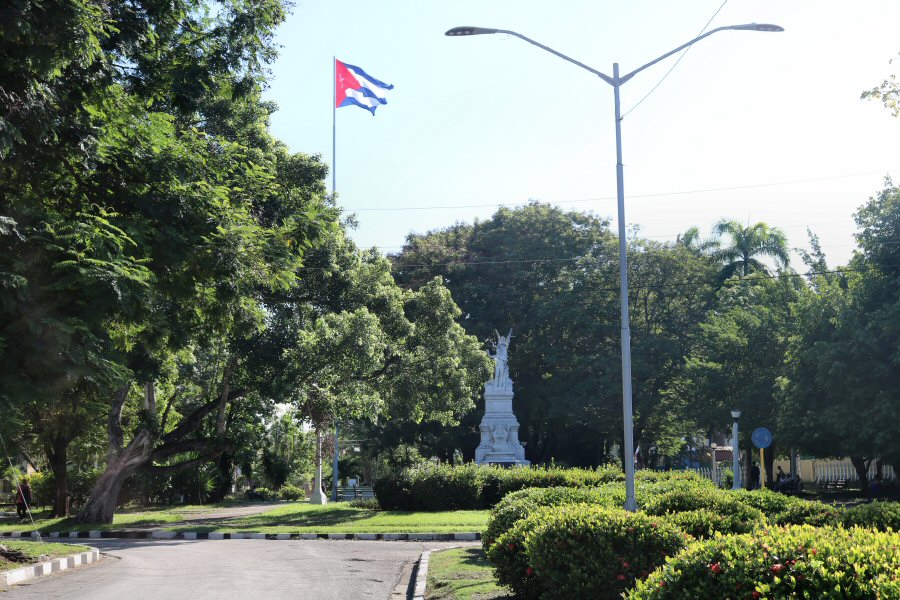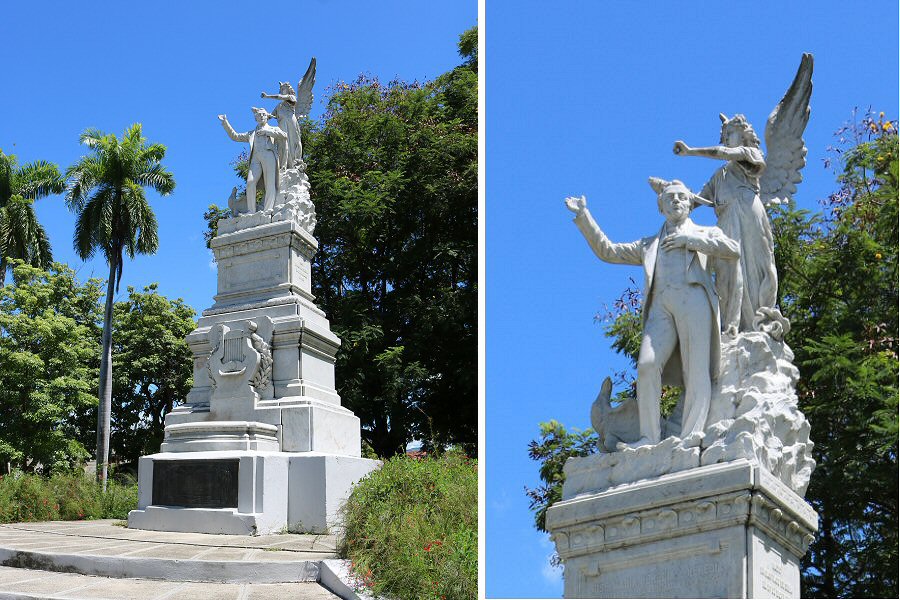The suburb Vista Alegre lies in the eastern part of the city.
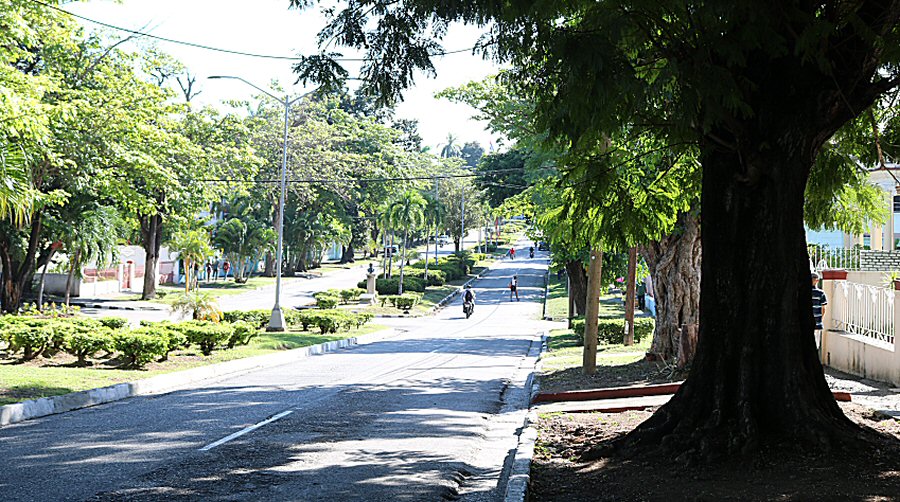
Reparto Vista Alegre
The suburb Vista Alegre lies in the eastern part of the
city, distinguished as the preferred place for residences by
social or political figures of the highest pyramid of the time.
The national bourgeoisie was in search of a peaceful place with
more favorable climatic conditions to flee from noise,
pollution, and unhealthy colonial historic center, where they
live agglomerated by the other social classes. It should be a
place where they would be able to isolate themselves from the
rest. Thus, this neighborhood arose parallel with the growth of
Santiago de Cuba in the beginning of the 20th century. Vista
Alegre begun to populate uninterruptedly from 1920s to 1950s,
becoming the most elegant residential suburb of the rancid
aristocratic oligarchy of Santiago de Cuba. Around 1950s the
arrival of people with less economic capacity and incorporation
of this middle class, called as “new rich”, changed the profile
of the inhabitants.
Reparto Vista Alegre represents a quiet, peaceful
place, with a beautiful natural environment. It is characterized
by its eclectic mansions in the Mediterranean and Californian
styles that dominate Avenida Mandulay, the main road that
extends in its middle and gives access to all cross streets.
Some of these neoclassical buildings are still private
residences, while others are converted to government offices and
new government hostels. In the center of the region there is
Manduley Park. In this beautiful park, rich of green, where
people of all ages relax under the shade of tall trees, there is
a marble statue of José María Heredia y Heredia, America's first
romantic poet.
Santiagueros visit this place for a few nice
restaurants around Avenida Mandulay. Some interesting museums
also makes a trip up here worthwhile, such as the unique Museo de la Imagen
Bernabé Muñiz Guibernau, Palacio de los Pioneros, and Casa de
las Religiones Populares.
